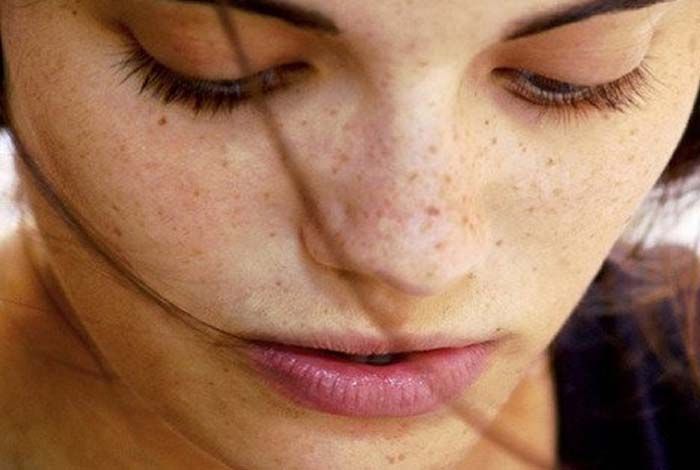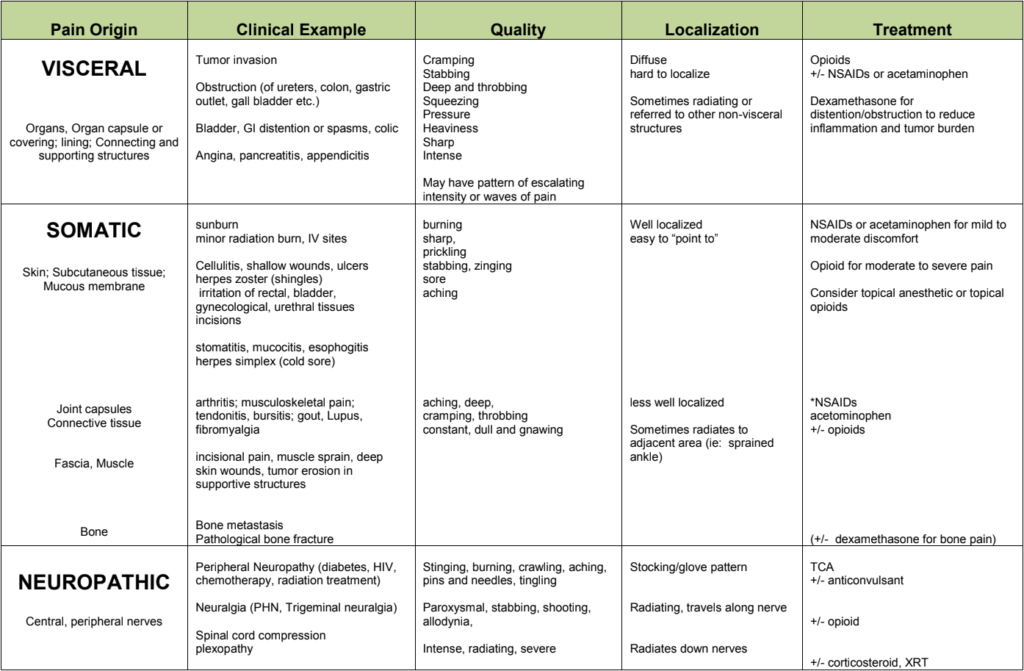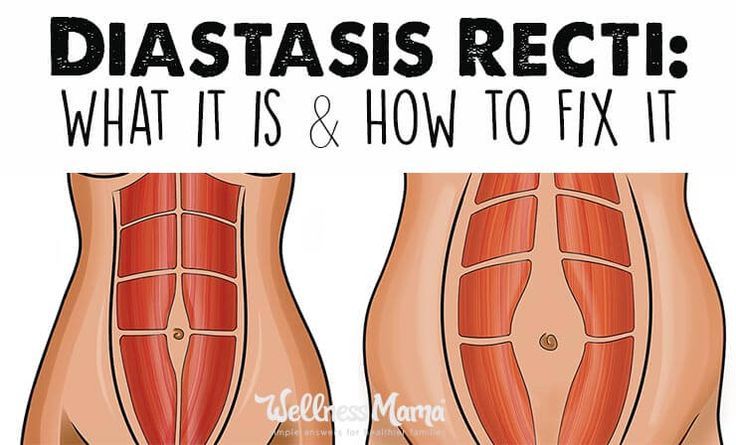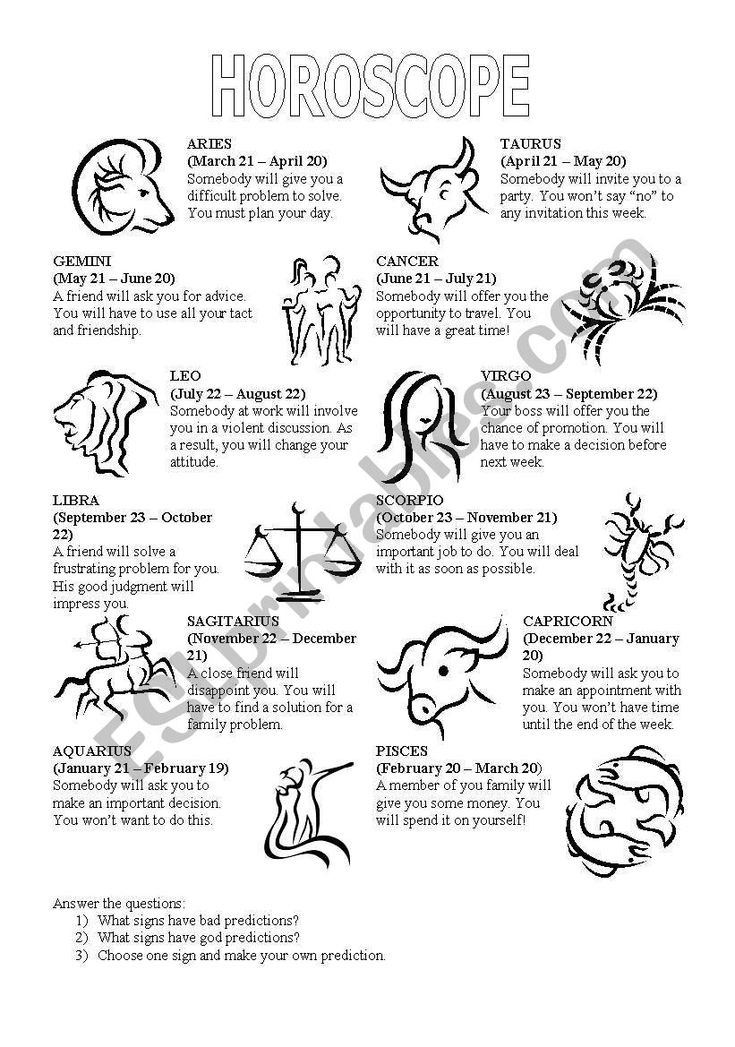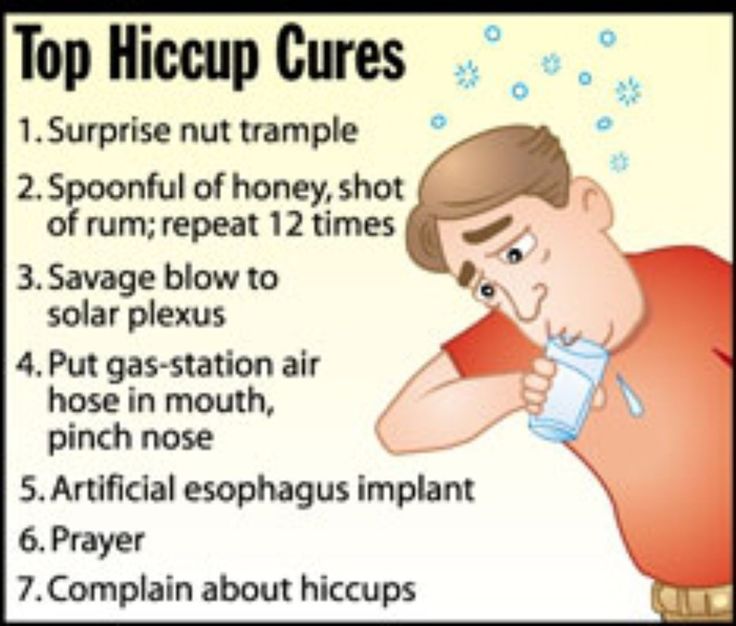Dark spots on face after pregnancy
Skin problems after having a baby
In this article
- Will my stretch marks ever go away?
- Why are my stretch marks itchy?
- Why have I got more pimples after having a baby?
- Will the dark spots on my skin ever go away?
- Should I see a dermatologist if the dark spots don't lighten?
- When should I see a doctor for skin problems?
Hormonal changes and tiredness that come with being a new parent can cause skin problems. You may notice patches on your face. These will be darker than your usual skin tone and may appear brown or greyish in colour (BAD 2022). This is called chloasma, or melasma. Exposure to the sun's rays will make the patches darker, so wear sunscreen if you're out in the sun. If the patches don't lighten, ask your doctor to refer you to a dermatologist. Your stretch marks are permanent but they will fade. If your skin problem isn't clearing up, your GP may be able to prescribe a treatment that is safe if you're breastfeeding.
Will my stretch marks ever go away?
Your stretch marks won't disappear, but they will become less noticeable in the coming months and years. At first they can be pink, reddish-brown, black, silver or purple in colour (NHS 2019a). They usually start off darker and fade over time (NHS 2019a).
There are plenty of creams and lotions available that claim to remove stretch marks. They often contain ingredients such as cocoa butter, olive oil, almond oil, lupin seed extract or a herb called centella asiatica. However, the majority of these creams are essentially moisturisers. They may make your skin feel smoother and more elastic, but there’s little evidence they will have much effect on stretch marks (Ud-Din 2016).
Prescription creams containing hyaluronic acid may lessen the appearance of marks, although they won’t get rid of them (Ud-Din 2016, NHS 2019a). The same is true of creams derived from vitamin A (retinoids), such as tretinoin, if they're used early on (Ud-Din 2016, NHS 2019a).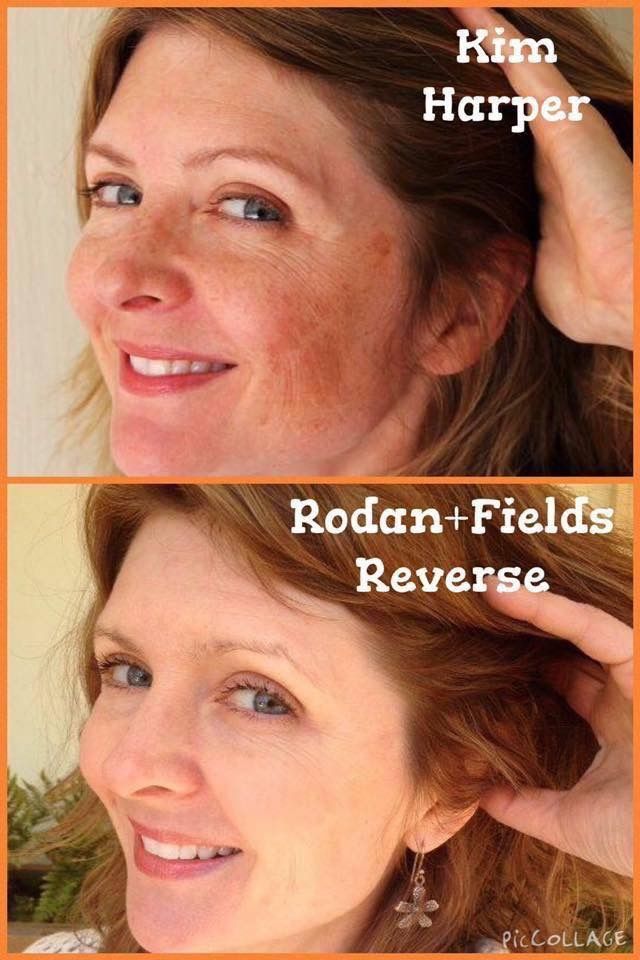
Creams containing tretinoin are only available on prescription. Tretinoin is known to cause birth defects, so your doctor will check if you're using the combined pill as contraception before prescribing a treatment that contains it (NICE/BNF nd). Doctors don't consider the mini-pill or barrier methods to be safe enough if you're using tretinoin while you're fertile.
Retinoid creams aren’t recommended while you’re breastfeeding, either, so ask your doctor what the best options are for you (CKS 2019).
Cosmetic dermatology treatments may also help, although they can be expensive and aren’t available on the NHS. Microdermabrasion (where a thin layer of skin is removed) and microneedling (piercing the skin with tiny needles) have been shown in some trials to improve the appearance of stretch marks (Wollina 2017).
Laser or light therapy is another option, and may help if used early on when the marks are still dark in colour. However, it won't get rid of them completely (Wollina 2017, NHS 2019a).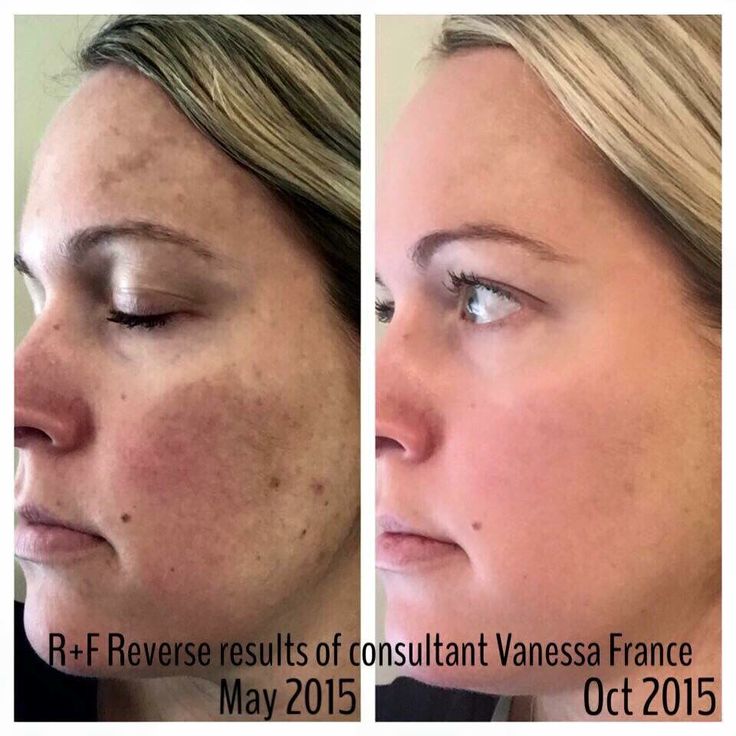
Cosmetic surgery is another possibility, if you have enough loose skin for a tummy tuck, although it’s rather drastic. It will only be able to remove stretch marks below your belly button though, and is very expensive.
If you want to cover an area of skin affected by stretch marks temporarily, camouflage make-up is widely available at pharmacies and online. You could use the make-up to cover patches of your skin for events or special occasions (NHS 2019a).
Why are my stretch marks itchy?
If you have small, raised, red and itchy areas on your stretch marks, you may have something called polymorphic eruption of pregnancy (PEP) (BAD 2018). Sometimes this is also known as pruritic urticarial papules and plaques of pregnancy (PUPPP).
PEP often starts in late pregnancy, but it can also happen just after you've given birth (BAD 2018). The itching usually starts in your stretch marks, or on your stomach (BAD 2018).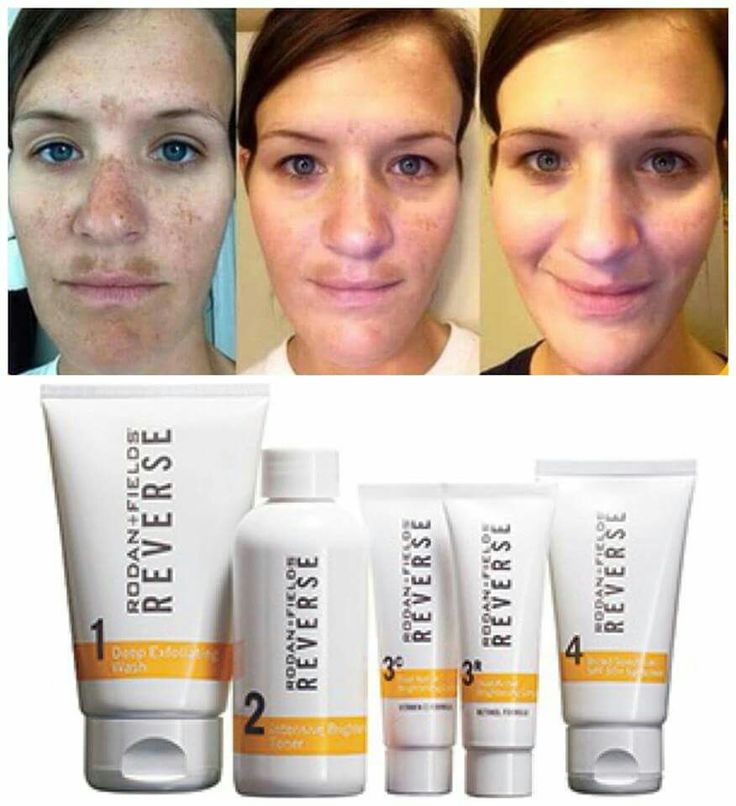
Try having cool baths with an emollient added to the water and use emollient creams and ointments afterwards (BAD 2018).
However, if the itching and redness is really bothering you, see your doctor.
Why have I got more pimples after having a baby?
The stress, hormonal changes and tiredness that come with being a new parent can take their toll on your skin.
You may have had clear skin before and during pregnancy, but break out in spots in the month or so after giving birth.
Be gentle with your skin, and don’t over-cleanse your face. Twice a day is enough, using a mild cleanser. Try not to scrub your spots. You can use a soft cloth or your fingers to wash your face, followed by a water-based moisturiser, if your skin is dry (CKS 2019).
Talk to your doctor if you need more advice. If you have acne, your doctor may suggest a cream containing retinol, either alone or in combination with benzoyl peroxide.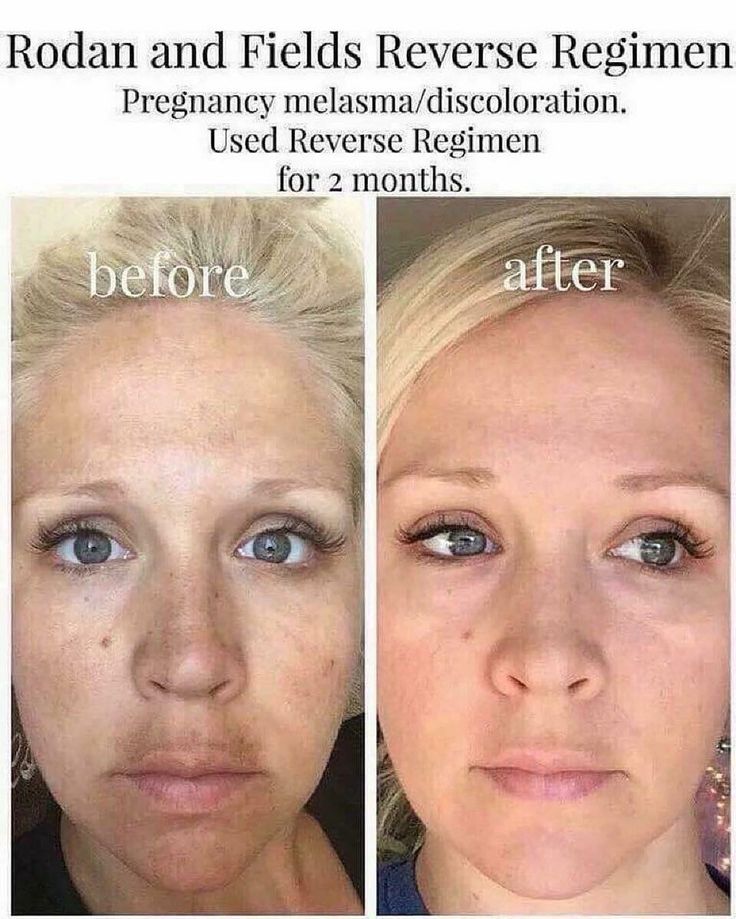 This will usually be prescribed alongside an antibiotic cream (CKS 2019).
This will usually be prescribed alongside an antibiotic cream (CKS 2019).
Which option your doctor recommends will depend on how bad your spots are, and whether you are trying for another baby (NICE/BNF nd). Creams containing retinoids shouldn’t be used if you’re breastfeeding or pregnant (CKS 2019).
Some types of the contraceptive pill are good for helping to clear spots. If you're breastfeeding and you want to take the combined pill for your skin, wait until your baby is six weeks old, as the pill can affect your early milk supply (FSRH 2016).
You may have drier skin after having your baby. Use only gentle cleansers, as harsh products may irritate your skin.
Will the dark spots on my skin ever go away?
The areas on your body that darkened during your pregnancy should gradually fade in the months after your baby's birth.
The change in the pigmentation on your face is called chloasma, or melasma (Harding 2015).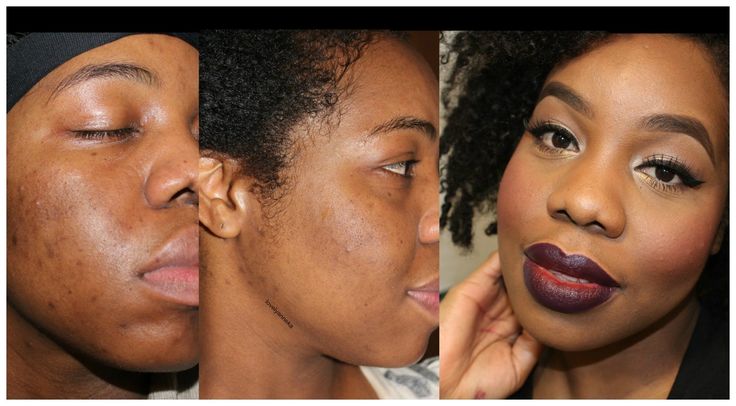 The dark line that runs down your belly during pregnancy is called the linea nigra (Murray and Hassall 2014).
The dark line that runs down your belly during pregnancy is called the linea nigra (Murray and Hassall 2014).
These darker patches are caused by high levels of pregnancy hormones in your body (Harding 2015), which decrease after you've given birth. The darker patches will become less obvious, though some may never go away completely.
It may be that skin pigmentation runs in your family. If you have black or brown skin, or if you tan very easily, you may be more likely to develop melasma (BAD 2022).
Try to keep your face out of the sun, as exposure to the sun's rays will make the patches darker. If you're out in the sun for more than 10 minutes or so, wear a hat, cover up and use sunscreen (Harding 2015).
You may notice your skin darkening in patches again if you start using the pill or, in some cases, another contraceptive that contains hormones (Dermnet 2014).
If you're unhappy about this, talk to your doctor about trying another form of contraception.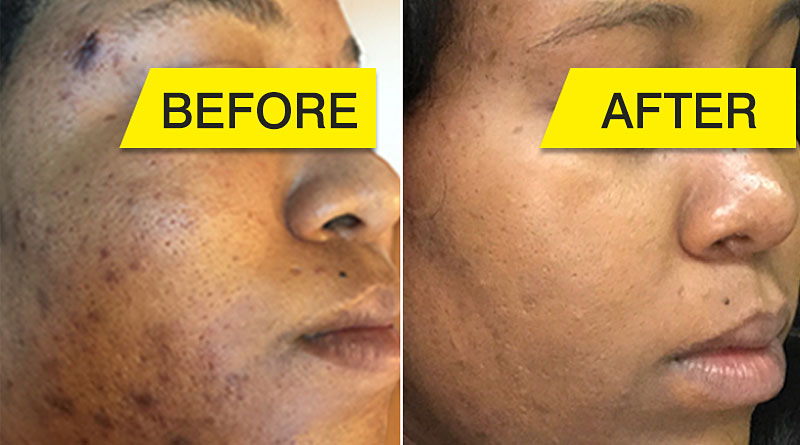
Should I see a dermatologist if the dark spots don't lighten?
If the patches don't lighten as much as you would like them to within a year, you could ask your doctor to refer you to a dermatologist. Your dermatologist may suggest that you try using a bleaching cream on the darker patches of skin (Harding 2015, Dermnet 2014).
Creams that contain three types of ingredients (triple combination creams) may be the most effective (Harding 2015). These contain a bleaching cream (hydroquinone), a retinoid (tretinoin) and a steroid (fluocinolone acetonide) (Harding 2015).
These creams are only available on prescription. Tretinoin, which is derived from vitamin A, is known to cause birth defects, so your doctor will check if you're using the combined pill as contraception before prescribing a treatment that contains it (NICE/BNF nd).
Hydroquinone is banned for sale in the UK, and can only be prescribed by a doctor (Guy’s and St. Thomas’ 2017, NHS 2019b). There isn’t enough evidence to say whether hydroquinone is safe if you're breastfeeding, so it's best avoided if this applies to you (Guy’s and St. Thomas’ 2017).
Thomas’ 2017, NHS 2019b). There isn’t enough evidence to say whether hydroquinone is safe if you're breastfeeding, so it's best avoided if this applies to you (Guy’s and St. Thomas’ 2017).
The creams may give you side-effects, such as dry and sore skin. It's risky to buy skin-lightening products online, so only use products prescribed by a doctor. Avoid applying any to your skin that your baby may come into contact with as your baby will absorb the cream this way too (Guy’s and St. Thomas’ 2017, NHS 2019b).
Laser treatment is also sometimes used to lighten dark patches on the skin, although it can be expensive and isn’t usually available on the NHS (NHS 2019b).
When should I see a doctor for skin problems?
If your skin problem is not clearing up, or if you have other symptoms that concern you, see your doctor.
Dry skin, if accompanied by other symptoms, can sometimes be a sign of an underactive thyroid (CKS 2020).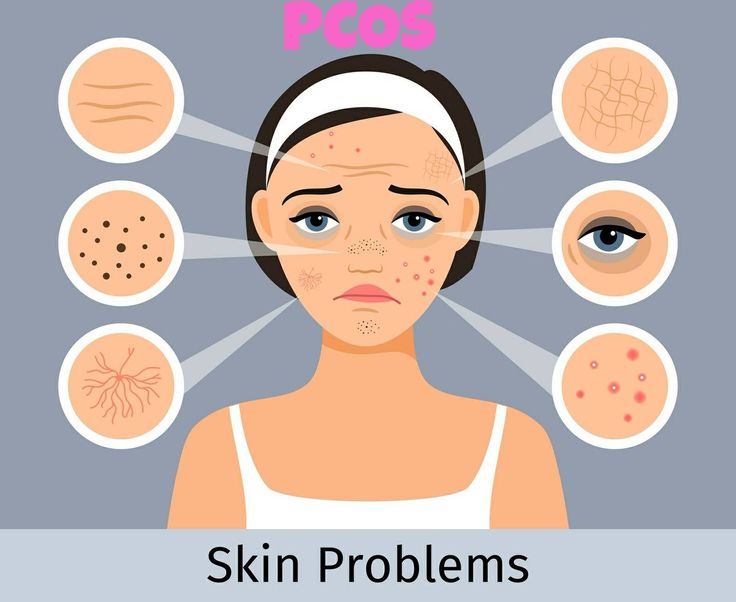
Your doctor can do a blood test to check if you have a thyroid condition (NHS 2018). Other typical signs and symptoms that flag up a thyroid problem include extreme tiredness, being sensitive to cold, and unexplained weight gain (NHS 2018).
Most skin changes that happen during and after pregnancy don't usually need medical treatment. However, if you're distressed by how your skin has changed, or if it’s affecting your day-to-day life, talk to your GP.
Check out these 10 surprising facts about your post-baby body.
References
BAD.2022. Melasma. British Association of Dermatologists. www.bad.org.uk [Accessed August 2022]
BAD. 2019. Polymorphic eruption of pregnancy. British Association of Dermatologists. www.bad.org.uk. [Accessed February 2021]
NICE/BNF. nd. Tretinoin. National Institute for Health and Care Excellence/British National Formulary. bnf.nice.org.uk [Accessed July 2020]
CKS.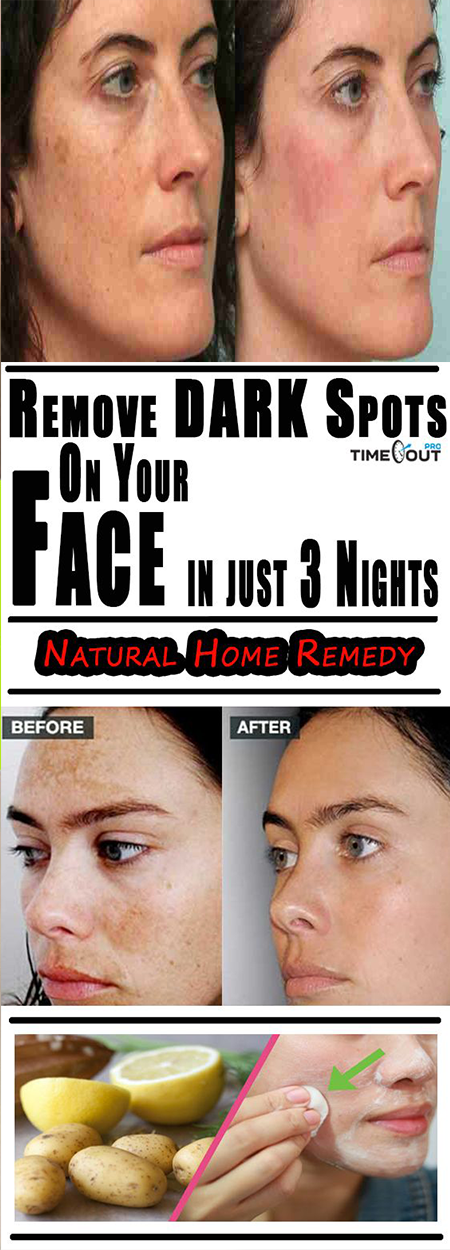 2019. Acne vulgaris. Clinical Knowledge Summaries, Clinical topic. www.cks.nhs.uk [Accessed July 2020]
2019. Acne vulgaris. Clinical Knowledge Summaries, Clinical topic. www.cks.nhs.uk [Accessed July 2020]
CKS. 2020. Hypothyroidism. Clinical Knowledge Summaries, Clinical topic. www.cks.nhs.uk [Accessed July 2020]
Dermnet. 2018. Medications during breastfeeding. Topics A-Z. Dermnet New Zealand. www.dermnetnz.org [Accessed July 2020]
Dermnet. 2014. Melasma. Topics A-Z. Dermnet New Zealand. www.dermnetnz.org [Accessed July 2020]
FSRH. 2016. Is the combined oral contraceptive pill safe to use by women who are breastfeeding? Faculty of Sexual and Reproductive Health Care. www.fsrh.org [Accessed August 2020]
Guy’s and St. Thomas’. 2017. Creams to depigment your skin. NHS Foundation Trust, Patient information. www.guysandstthomas.nhs.uk [Accessed July 2020]
Harding M. 2015. Chloasma (melasma). Patient UK. www.patient.co.uk. [Accessed August 2020]
Murray I, Hassall J. 2014. Change and adaptation in pregnancy. In: Marshall J, Raynor M. eds. Myles Textbook for Midwives. 16th ed. Edinburgh: Churchill Livingstone, 143-77NHS. 2015. Underactive thyroid (hypothyroidism). NHS Choices, Health A-Z. www.nhs.uk [Accessed August 2020]
In: Marshall J, Raynor M. eds. Myles Textbook for Midwives. 16th ed. Edinburgh: Churchill Livingstone, 143-77NHS. 2015. Underactive thyroid (hypothyroidism). NHS Choices, Health A-Z. www.nhs.uk [Accessed August 2020]
NHS. 2018. Underactive thyroid (hypothyroidism). NHS, Health A-Z. www.nhs.uk [Accessed July 2020]
NHS. 2019a. Stretch marks. NHS, Health A-Z. www.nhs.uk [Accessed July 2020]
NHS. 2019b. Skin lightening. NHS, Health A-Z. www.nhs.uk [Accessed July 2020]
Ud-Din S, McGeorge D, Bayat A. 2016. Topical management of striae distensae (stretch marks): prevention and therapy of striae rubrae and albae. Journal of the European Academy of Dermatology and Venereology. 2016;30(2):211-222. doi:10.1111/jdv.13223 www.ncbi.nlm.nih.gov [Accessed July 2020]
Wollina U, Goldman A. 2017. Management of stretch marks (with a focus on striae rubrae). Journal of cutaneous and aesthetic surgery vol. 10,3 (2017): 124-129.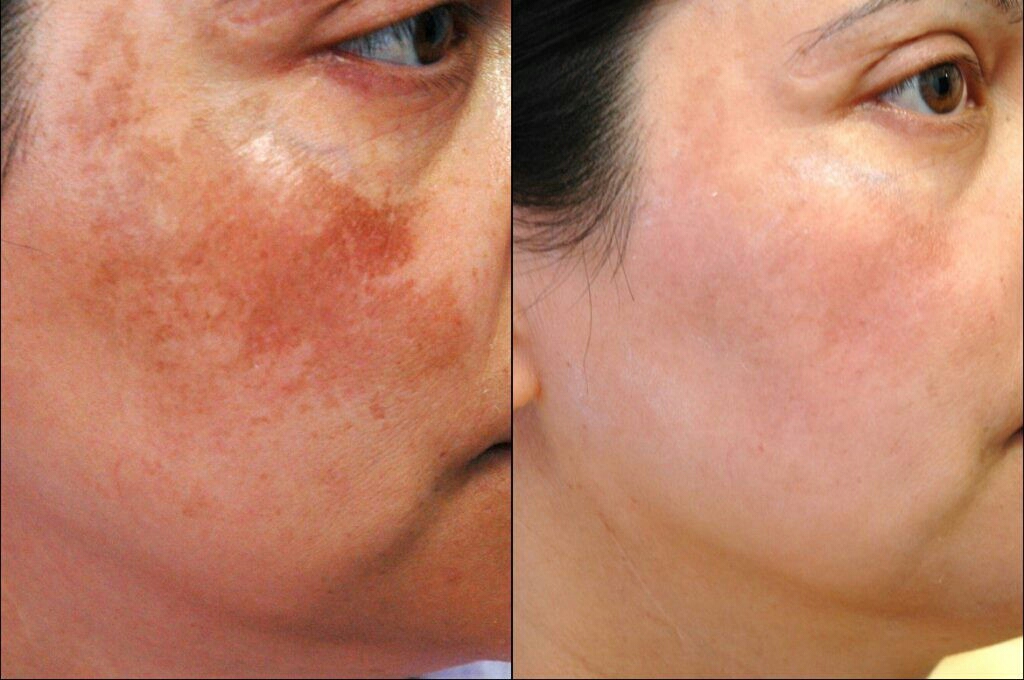 doi:10.4103/JCAS.JCAS_118_17 [Accessed July 2020]
doi:10.4103/JCAS.JCAS_118_17 [Accessed July 2020]
Show references Hide references
Melasma on face: How to treat chloasma postpartum
Pregnant women can get dark patches on their face, neck, and arms called melasma. But these dark patches can last long after your baby's born. They're not harmful, but they can be frustrating to deal with. Taking proper protection in the sun, switching birth control methods, and some prescription topical medications can all help you manage this common skin condition.
What is melasma?
Melasma, also known as chloasma, is a harmless condition that causes brown or gray-brown patches on the skin. Melasma typically shows up on the face (usually the cheeks, nose, and forehead), but some people can get it on their arms and neck, too. It can even show up on your upper lip, making a dark patch that's known as a "sun mustache."
Up to 50 percent of pregnant women get melasma, which is why it's also known as "the mask of pregnancy.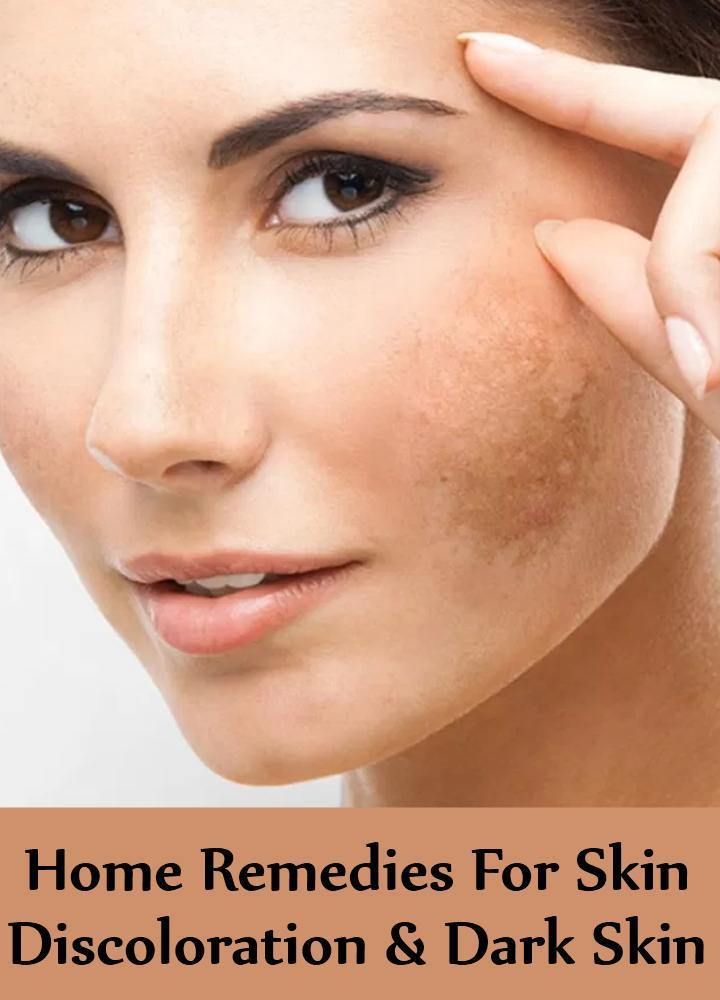 " The condition is also more common in people with darker skin tones.
" The condition is also more common in people with darker skin tones.
What causes melasma?
Melasma is caused by your skin making too much pigment (AKA melanin). Experts aren't exactly sure why this happens, but some triggers include:
- Sun exposure: Ultraviolet (UV) light makes your skin produce more melanin. Melasma often gets worse in the summer and better in the winter, and can reappear even with a small amount of sun exposure.
- Hormonal changes: The extra estrogen and progesterone your body makes during pregnancy can trigger melasma. It usually goes away after you give birth. People taking hormonal birth control – say you start taking the Pill again after you give birth – can also get melasma.
- Certain prescription drugs: This is less common, but some medications, including specific antibiotics and over-the-counter painkillers (NSAIDS) may trigger melasma because they make you sensitive to sunlight.
 Some specific anti-seizure drugs may also cause melasma.
Some specific anti-seizure drugs may also cause melasma.
Will melasma go away on its own?
Any dark patches you developed during pregnancy usually fade within a few months of delivery, as your hormone levels return to normal and your body stops producing so much skin pigment.
That dark line that runs down your belly (linea nigra) as well as any freckles or birthmarks that became darker during pregnancy should gradually fade as well. (These are not the same as melasma, but rather other types of skin darkening that can happen while you're pregnant.)
However, the dark blotches could return if you're prone to these pigmentation changes and start using contraception that contains estrogen. Sun exposure can also trigger melasma, especially if you're already prone to it.
Are there treatment options for melasma?
Melasma can be tough to treat, but there are some solid prescription options to help manage the condition. If your melasma doesn't improve on its own after a few months, talk to a dermatologist about your treatment options.
The best treatment for melasma typically starts with the prescription cream hydroquinone, a bleaching agent that can help lighten the dark patches. Your dermatologist might also have you try a "combination cream" that combines hydroquinone with tretinoin (which promotes skin regrowth) and azelaic acid (a gentle exfoliant). If topicals aren't helping your symptoms, your dermatologist may use chemical peels, light therapies, or a laser to try to lighten the areas affected by melasma.
Advertisement | page continues below
Of course, if you're breastfeeding or plan to get pregnant again soon, be sure to let your providers know and always check before using any over-the-counter medication or treatments.
Are there any ways to prevent melasma?
Melasma isn't harmful, so you don't need to do anything. But if you don't like the way it looks, here are some tips for preventing or minimizing it.
Protect your skin from the sun
Staying out of the sun is the surest way to get your complexion back to normal. Melasma may remain as long as you continue to expose yourself to sunlight without protection.
Melasma may remain as long as you continue to expose yourself to sunlight without protection.
Use a broad-spectrum sunblock (a formula that protects against both UVA and UVB rays) with an SPF of 30 or higher every day, whether or not it's sunny. The American Academy of Dermatology cautions that your skin is exposed to a significant amount of ultraviolet light year-round, even on cloudy days. Wearing sunscreen is important, even if you have dark skin. Although dark skin doesn't sunburn as quickly, the extra melanin in darker skin doesn't entirely protect you from harmful UV radiation.
Even if you don't plan to spend much time outside in the sun, apply sun protection to your face every day as part of your morning routine. Reapply about every two hours if you're outside.
Whenever you spend time outdoors, also cover up and wear a hat with a brim as well as a shirt with long sleeves if you have increased pigmentation on your arms. Limit the time you spend in the sun, especially between 10 a.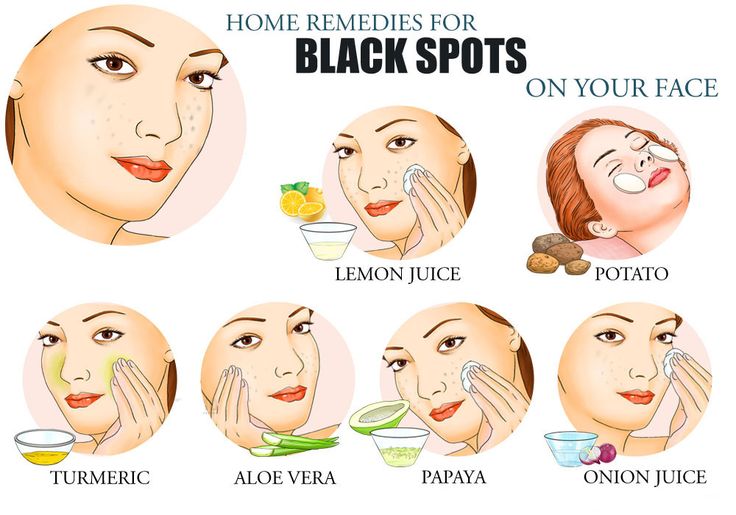 m. and 2 p.m. which is when the UV index exposure is highest. And definitely avoid tanning salons.
m. and 2 p.m. which is when the UV index exposure is highest. And definitely avoid tanning salons.
Be gentle with your skin
Use mild cleansers and facial creams. Products that irritate your skin may make the problem worse.
Consider switching contraceptives
Contraceptives that contain estrogen, such as birth control pills, the ring, and the patch, can cause melasma or make the condition worse for a small number of women.
Look into alternative methods, such as the progestin-only minipill, intrauterine device (IUD), birth control implants, progesterone injections (Depo-Provera), or non-hormonal methods, such as the diaphragm.
Avoid waxing
Waxing, which rips hair out by the root, can cause inflammation that makes melasma worse. Avoid waxing the parts of your body that have melasma or are prone to it and try other hair removal techniques instead.
Whatever approach you take, just remember, it may take many months to see improvement.
Wondering what other body changes you may experience after childbirth? Here are some common postpartum changes to look out for.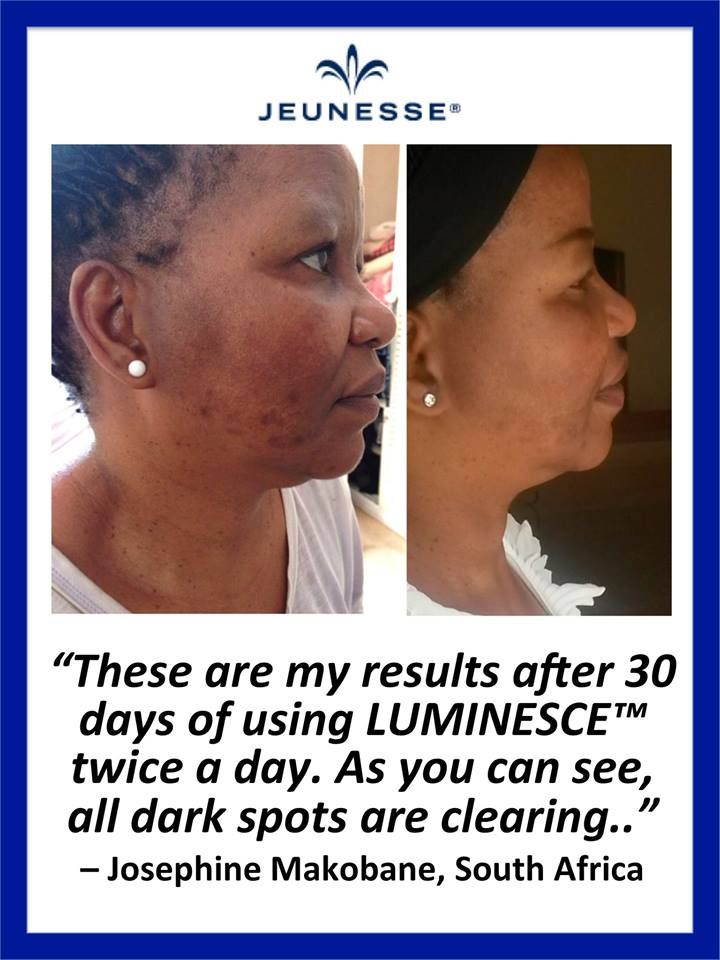
Was this article helpful?
Yes
No
How to remove age spots after childbirth
"A Clinic" - clinic of aesthetic medicine, cosmetology and dermatology
8 (495) 781-73-72
We work from 09:00 to 21:00
Moscow, Sadovnicheskaya st., 11 building 2
A Clinic
Blog about cosmetology nine0005
How to remove age spots after childbirth
Services Doctors results Reviews
Verified by an expert
Kuznetsova Ekaterina Olegovna
Dermatovenereologist, cosmetologist, nutritionist
Publication date: July 21, 2020
Check date: November 09, 2021
nine0002 Contents- How to remove age spots in the postpartum period?
During the period of gestation, changes occur in the body of a woman. This is due to hormonal changes.
This is due to hormonal changes.
Increased pigmentation of the skin of the face and body is a consequence of hormonal disruptions. Melanin begins to accumulate in certain areas of the skin. Such spots are called chloasma or "pregnancy mask". They occur during gestation on the face, neck, chest (nipple area), abdomen, bikini area, and persist for a long time after the birth of a child. Under the influence of certain internal changes in the cell, melanocytes, which are responsible for the production of melanin, intensively produce pigment. This happens to protect the mother and unborn child from exposure to ultraviolet radiation. Women do not feel physical discomfort, the problem is rather aesthetic. nine0005
Age spots that appear after childbirth may appear due to such reasons:
Staying under stress. Experiences before childbirth and for the health of the baby can affect the functioning of the female body.
Lack of vitamins, in particular folic acid.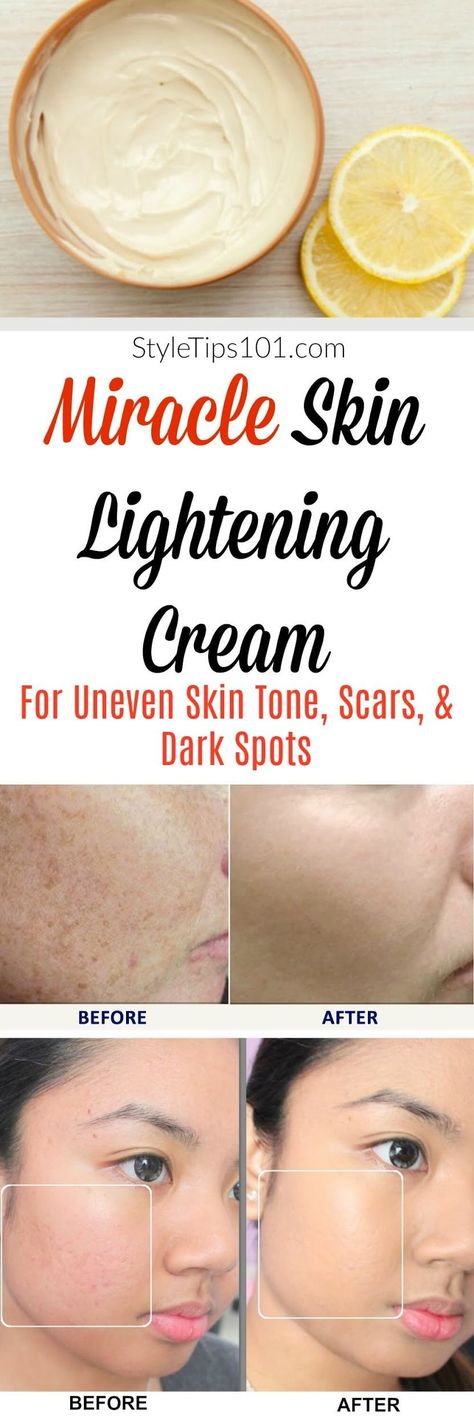 Dietary restrictions in the postpartum period affect the state of the body.
Dietary restrictions in the postpartum period affect the state of the body.
Excessive exposure to direct sunlight. Such situations cause increased production of melanin, which leads to hyperpigmentation. nine0005
Disorders of the digestive system can cause pigmentation after childbirth.
Malfunctions in the functioning of the thyroid gland. Lack of iodine in the body leads to thyroid problems. Because of this, brown spots appear on the face. With a similar phenomenon, pigmentation appears in the area of \u200b\u200bthe eyes or lips.
Considering that after childbirth the lactation period begins, the methods of getting rid of age spots should be gentle. nine0005
A Clinic specialists recommend placental therapy to get rid of unwanted pigmentation. For example, the Japanese placental drug Curacen is a new generation bioreparant, an innovative development by Japan Bio Products (Japan) for structural restoration and rejuvenation of the dermis.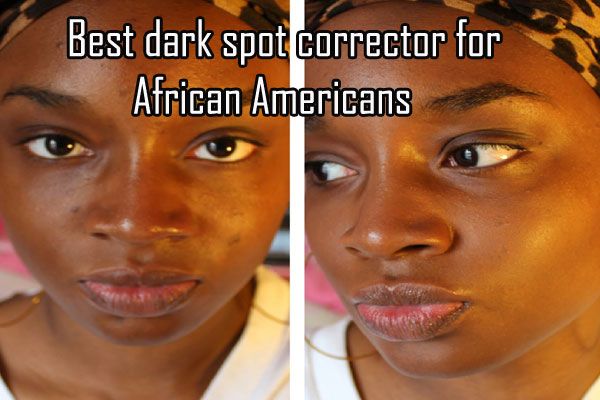
The effect is achieved quickly and lasts up to a year. The skin becomes dense, elastic, its tone increases due to the launch of natural mechanisms of cellular renewal. nine0005
The drug has a unique, complex composition. It includes regulatory peptides, essential amino acids and natural hyaluronic acid.
The components of the drug begin to work immediately after its administration. They trigger cascades of biochemical processes that improve cell function, stimulate the restoration of the dermis structure at the cellular level, and activate blood microcirculation and lymph flow.
The introduction of the placental preparation Kurasen ensures rapid cell regeneration, activates the synthesis of its own collagen, elastin and hyaluronic acid, improves metabolic processes and tissue respiration, and actively moisturizes the skin. Tripeptide 30, which is part of Kurasen, inhibits the activity of tyrosinase, an enzyme that is involved in the formation of melanin.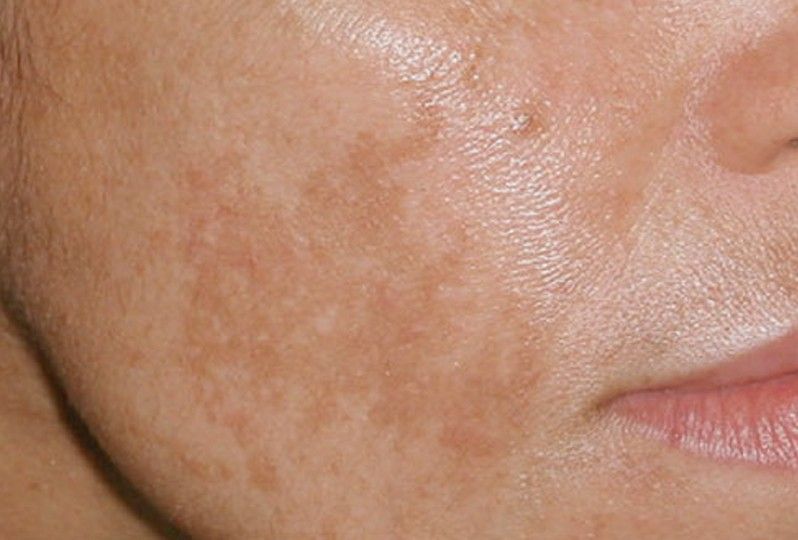 nine0005
nine0005
Outwardly, this is expressed in a significant tightening of the skin of the face, increasing its firmness and elasticity, smoothing wrinkles, narrowing pores, and the disappearance of unwanted pigmentation.
The best results are achieved in 3-5 sessions, which are carried out with an interval of 7-10 days. The number of procedures depends on the degree of problems and age. The course of procedures is carried out twice a year.
Kuznetsova Ekaterina Olegovna nine0005
Dermatovenereologist, cosmetologist, nutritionist
Real miracles in getting rid of pigmentation are created by the Japanese placental drug Melsmon (Melsmon).
Melsmon-preparation contains more than 100 components, such as:
- all 20 amino acids that exist in nature, including essential ones, which perform plastic and many other functions in the body; nine0037 mucopolysaccharides necessary for the construction of connective tissues;
- nucleic and organic acids, nucleosides that enhance protein biosynthesis;
- vitamins B2, B3, C, D, PP, which provide the antioxidant effect of the drug and are catalysts for metabolic processes;
- enzymes - catalysts of metabolic processes in the body;
- minerals (zinc, magnesium, iron, manganese, copper, selenium, etc.
 ), which are involved in the construction of the skeleton, the formation of hemoglobin and regulate the metabolism of vitamins and hormones. nine0038
), which are involved in the construction of the skeleton, the formation of hemoglobin and regulate the metabolism of vitamins and hormones. nine0038
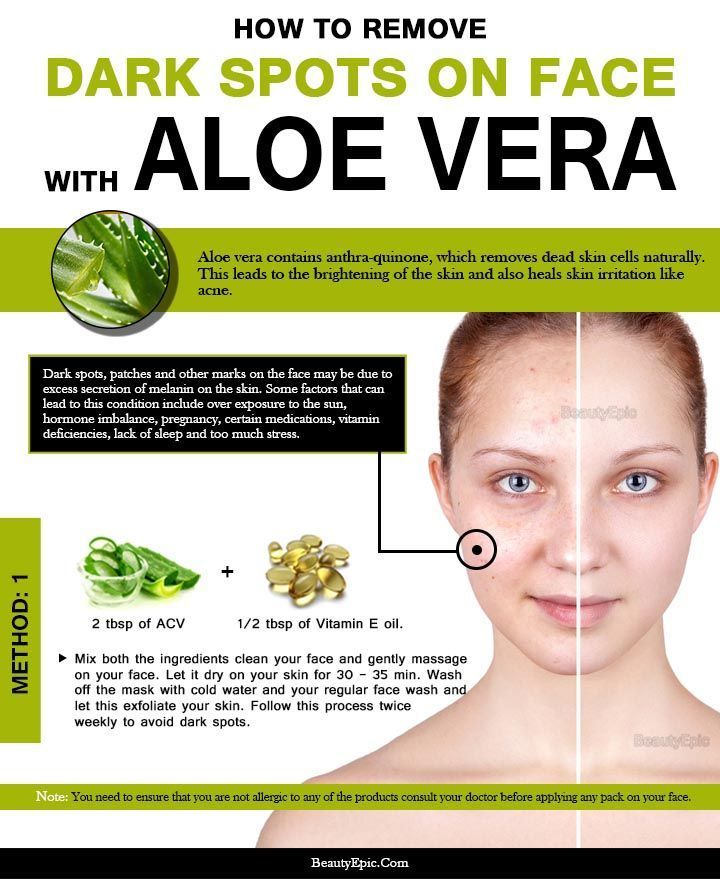
“When I first started working with Melsmon, I was approached by a fashion model whose career was in jeopardy due to a bright spot in the middle of her forehead,” Kentaro said in an interview. - It appeared in a woman after sunbathing and did not lend itself to bleaching. The patient was very worried, because the producer threatened her with breaking the contract if she did not immediately get rid of the defect that had arisen. Success awaited us: already ten days after the start of therapy, the problem disappeared without a trace. Since then, I have been using Melsmon to treat pigmentation of the most extensive "geography" and of any "age". nine0005
Specialists
See all specialists
Subscribe to news
Do you want to be aware of all the news and advantageous offers of A Clinic?
Subscribe to our newsletter and be the first to receive all the information about new products and promotions!
I agree to the processing of personal data.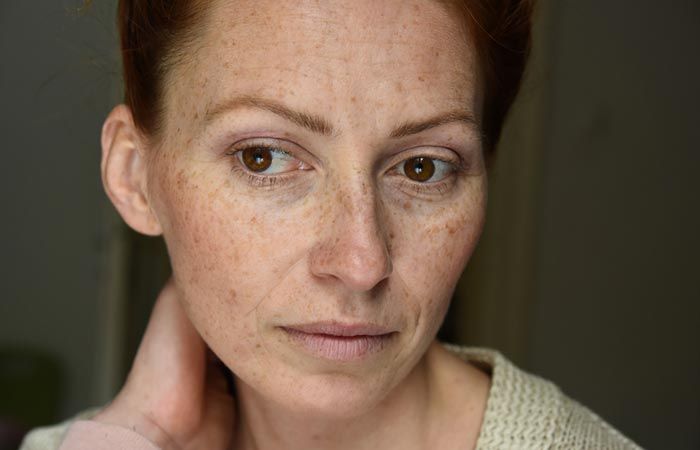 I have read and agree with the privacy policy and protection of personal data nine0005
I have read and agree with the privacy policy and protection of personal data nine0005
Message from the chief physician of "A Clinic" Natalya Borisovna Zhmurina
Our dear, beloved and respected patients!
My team and I created this site, as well as all social media sites, in order not only to share useful information with you, but also to teach you to understand all the intricacies of cosmetology. So that you can see with your own eyes how the procedures are carried out, what trends in cosmetology are present in the world today, see the work "before" and "after". To always be in touch with you. And so that you always have the opportunity to ask questions directly to the head physician and all the doctors of our clinic - at any time convenient for you, get an online consultation and make an appointment for free. nine0005
Thankfully, we live in times where there is always a choice. Now we are in constant contact also in the social network "VKontakte" https://vk.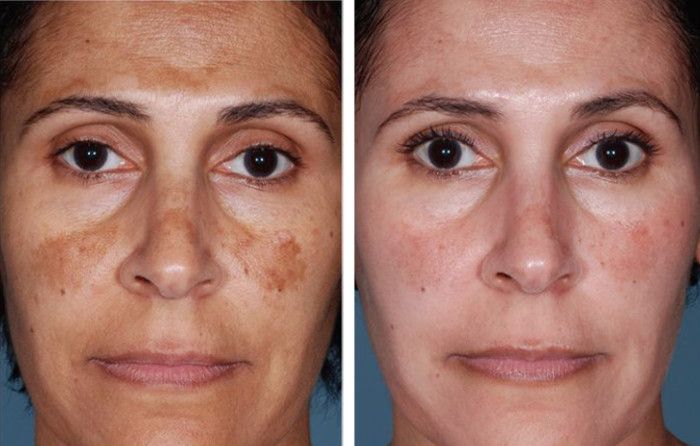 com/a_klinika and in the Telegram channel https://t.me/A_klinika. All the most important, necessary and useful things from the world of cosmetology will be available to you at our new sites. We will also develop and improve our website.
com/a_klinika and in the Telegram channel https://t.me/A_klinika. All the most important, necessary and useful things from the world of cosmetology will be available to you at our new sites. We will also develop and improve our website.
It's time for a change! I'm sure they are for the best! Peace and goodness to you! And we are always in touch with you! nine0005
Pigmentation after pregnancy and childbirth: how to restore and maintain an even complexion
Number of views: 63 202
During pregnancy, the female body undergoes serious changes - weight, hormonal levels, psychological state and internal organs change. Hormonal changes lead to the appearance of dark or light spots on the skin. It's pigmentation. This phenomenon is fraught with the fact that the skin tone will become uneven and it will not be so easy to mask age spots. nine0005
Pigmentation and its causes
Pigmentation, like sunburn, appears due to the production of melanin pigment.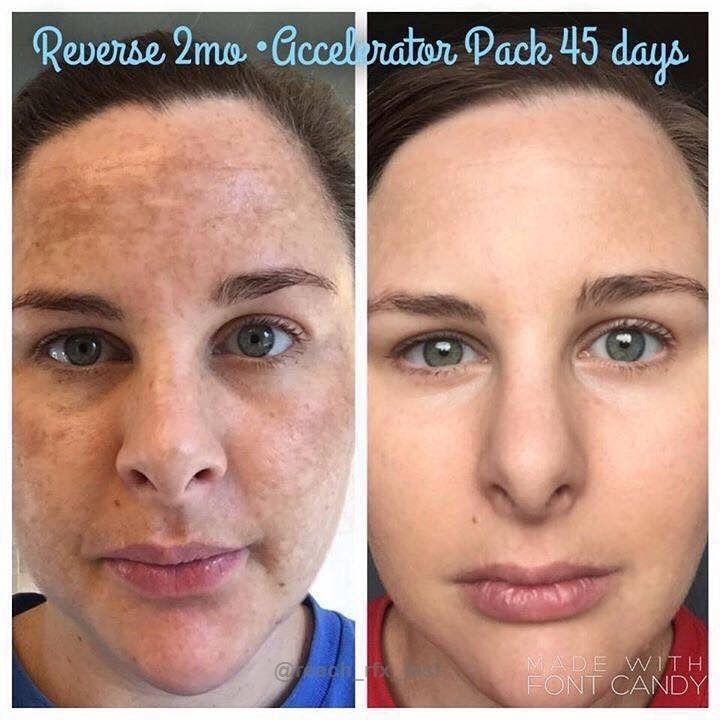
Factors contributing to the appearance of age spots:
- Genetics. The predisposition to the appearance of age spots depends on the phototype - people with fair skin are more prone to age spots than swarthy ones. If you had freckles on your face before pregnancy, then most likely their number will increase. If close relatives have hyperpigmentation, the likelihood of age spots also increases. nine0038
- Hormones. During pregnancy, estrogen production increases and the entire hormonal background changes significantly. The skin is a hormone-dependent organ, it is sensitive to all changes. Pigmentation may also appear in cases not related to pregnancy - while taking oral contraceptives, with disorders in the thyroid gland, adrenal cortex, and ovaries.
- Sun exposure without sun protection , especially during the second and third trimesters of pregnancy. Actually, age spots appear as a response of the skin to the aggressive effects of ultraviolet radiation.
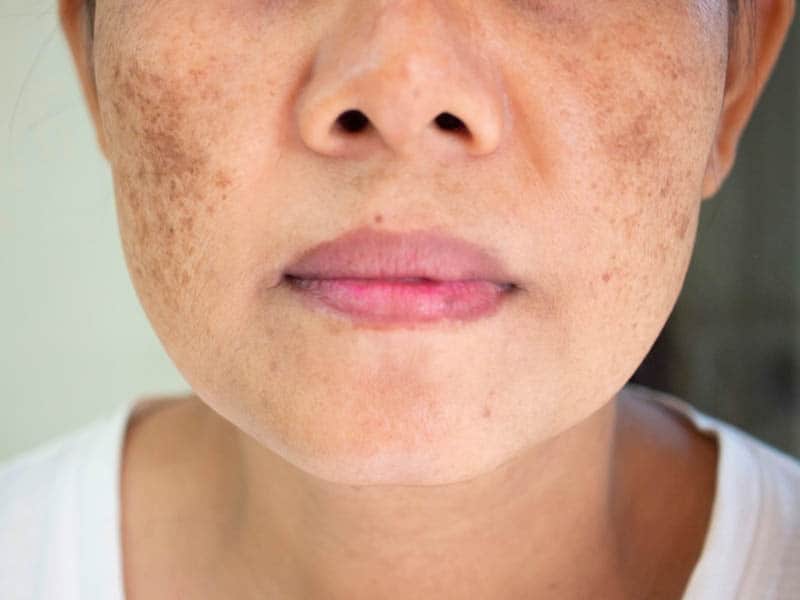 Walking is mandatory, but it is important to avoid active sun from 12 to 17 hours and use sunscreen cosmetics with an SPF that matches your phototype. nine0038
Walking is mandatory, but it is important to avoid active sun from 12 to 17 hours and use sunscreen cosmetics with an SPF that matches your phototype. nine0038
Additional factors:
- Stress and emotional tension, folic acid deficiency , concomitant diseases.
How to quickly restore normal complexion?
The best remedy is prevention !
We know that genetics, pregnancy hormones and sun exposure contribute to hyperpigmentation. And if we can’t do anything with genetics and hormones, then paying special attention to photoprotection, avoiding stress and eating right is quite a feasible task! nine0005
Everything is good in moderation, it is necessary to walk outside, but, firstly, avoid active sun . The increased activity of the sun's rays differ in that period of the day when the shadow is shorter than the object that casts it. In Belarus, the time of solar activity lasts approximately from 12:00 to 17:00.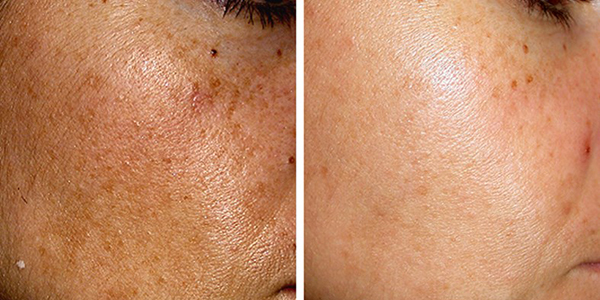 At this time, you need to be in the shade. Wear panama hats, sunglasses, light but sun-protective clothing. Sounds trite, but it really works.
At this time, you need to be in the shade. Wear panama hats, sunglasses, light but sun-protective clothing. Sounds trite, but it really works.
Second, enjoy sun protection cosmetics with the appropriate SPF for your phototype. If initially the skin is light (the first - the second Fitzpatrick phototype), then choose SPF 50+. Pay attention to the composition - sunscreens are different, and this is a topic for a separate article. For pregnant women, it is important that the filters included in the composition are as safe as possible, effective and photostable (they do not turn into other substances under the influence of the sun, sweat and other factors). Of the organic filters, the most photostable and effective for both UVA and UVB rays are the so-called Tinosorbs. Of the inorganic filters, zinc oxide and titanium dioxide are used. These are safe and photostable filters. Due to the small size, they make the cream look like a white paste, quickly crumble - you need to refresh the cream layer during the day. The new generation of photoprotective filters is produced using Eusolex technology (Yusoleks): the particles of the inorganic filter are covered with the thinnest film, so that they lie evenly, stay on the skin surface and do not clog pores. The cream has the lightest texture and does not leave a white film on the skin. nine0005
The new generation of photoprotective filters is produced using Eusolex technology (Yusoleks): the particles of the inorganic filter are covered with the thinnest film, so that they lie evenly, stay on the skin surface and do not clog pores. The cream has the lightest texture and does not leave a white film on the skin. nine0005
For example, Neotone radiance SPF 50 day cream.
In the summer, during the period of active sun , peelings and scrubs should not be done. Aggressive chemical peels are contraindicated for pregnant women. Remove scrubs with sharp particles and acid-containing products from your home cosmetic bag for a while. We leave only gommages with soft particles during pregnancy.
Nutrition pregnant women are under scrutiny in any case, but just in case, we remind you - eat a balanced diet, consume enough folic acid, and monitor the presence of fiber in the diet. nine0005
If age spots have already appeared, then we will eliminate them after pregnancy.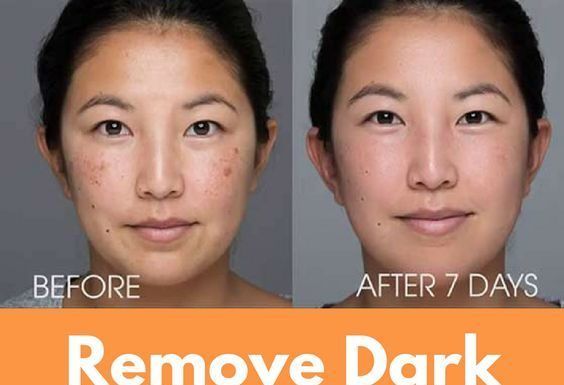
Within 6-8 months after childbirth, pigmentation may decrease or disappear due to the return of hormonal levels to the pre-pregnancy state.
If six months or a year after childbirth, pigment spots on the face remain, it is worth going to a dermatologist, and also excluding diseases of the gastrointestinal tract, thyroid gland, and ovaries. If everything is in order, the doctor will offer options for eliminating hyperpigmentation on the face. nine0005
Modern methods of removing age spots
Laser techniques (laser resurfacing, photorejuvenation, fractional laser) and cryoapplication . Pros - accuracy of action, efficiency. Cons - it is impossible to do it on your own (and not always a young mother can find time to visit a specialist), relatively high cost, the presence of contraindications, including pregnancy, lactation, the presence of infectious diseases, the period of exacerbation of herpes, etc.
Chemical peeling.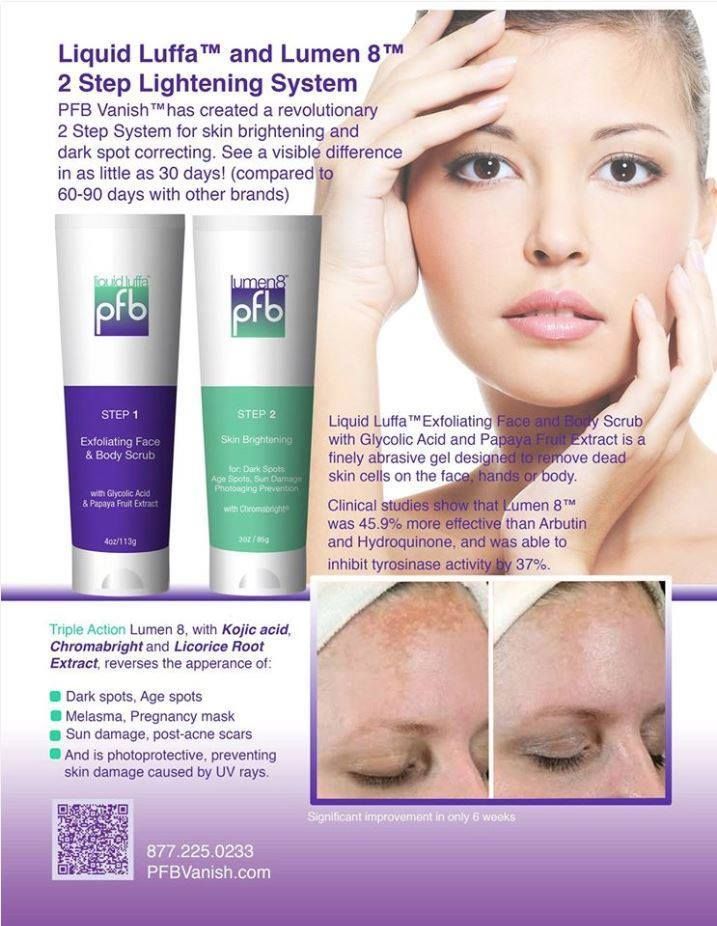 Pros - efficiency, skin renewal effect. Cons - an aggressive procedure, there are contraindications, it is done only by a specialist - a cosmetologist, a long recovery period.
Pros - efficiency, skin renewal effect. Cons - an aggressive procedure, there are contraindications, it is done only by a specialist - a cosmetologist, a long recovery period.
Professional cosmetics. Pluses - individually selected program, comfort during the procedure. Cons - high cost, it is impossible to do it yourself (you need to take a course of procedures with a cosmetologist).
Pharmaceutical cosmetics . Pros - the possibility of independent use, soft action. Cons - among the variety of brands, it is important to choose the right product. nine0005
Preparations isolated:
- With brightening effect - based on vitamins C and E, plant extracts. They make the complexion brighter.
- Whitening - based on acids (glycolic, salicylic, azelaic) - they exfoliate the surface layer of cells with excess pigment.
- Depigmenting - a complex action aimed at all stages of melanin formation (tyrosinase activation block, regulation of melanin synthesis, exfoliating effect).
